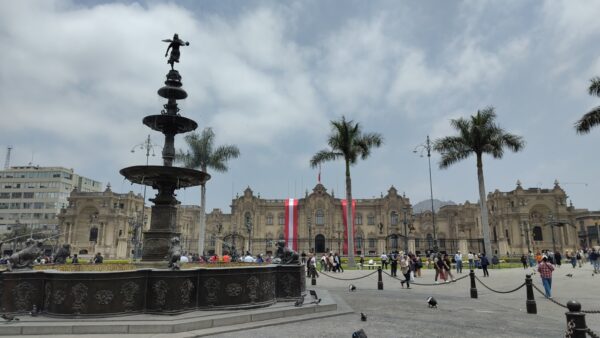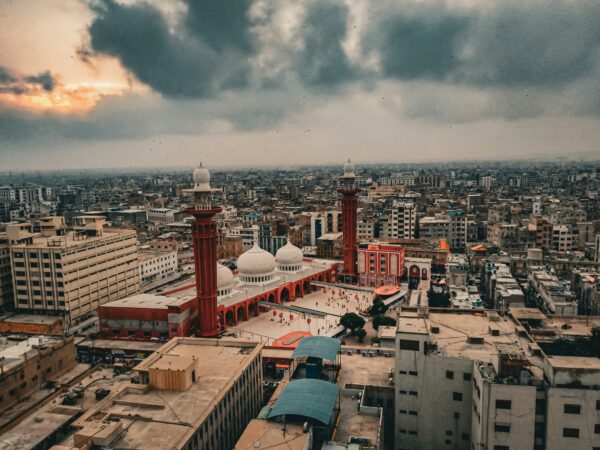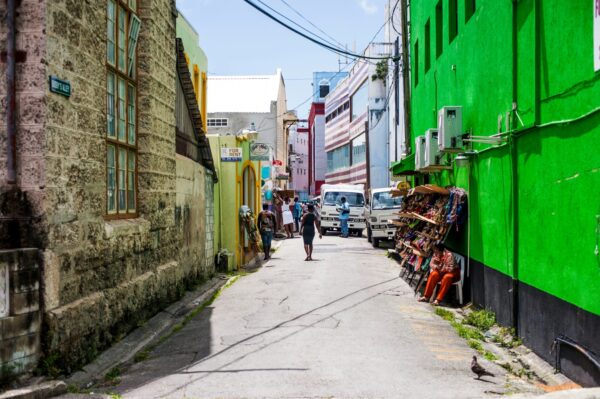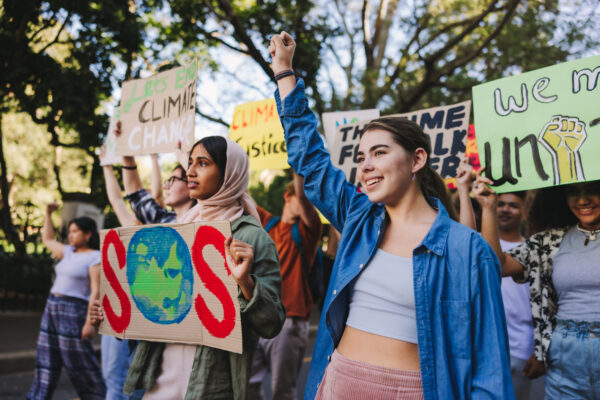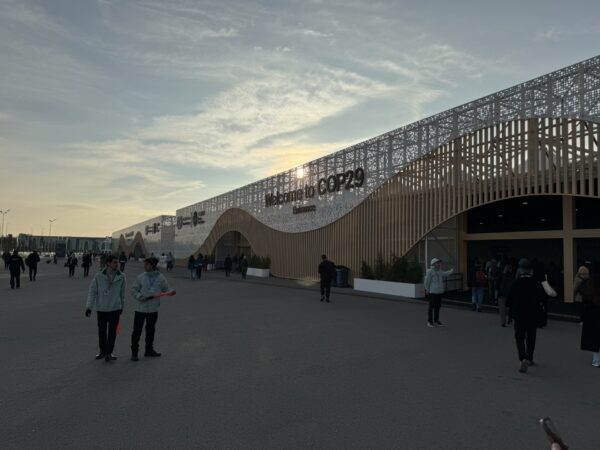Taking stock of the Global Stocktake
Share

2018 is an important year for taking stock of collective climate action. The Talanoa Dialogue is the first opportunity since Paris for countries to take a look at how their efforts are stacking up against the Paris Agreement temperature goal. The outcome is designed to provide impetus to Parties to submit more ambitious NDCs by 2020. But this year is also the deadline for completing the Paris rulebook, which will include the modalities for conducting a much more comprehensive assessment of progress every five years – the so-called Global Stocktake. To finish everything in time will require some serious multi-tasking. And at almost half way through the year, now seems like a good time to take stock of where all this is going.
What is the Global Stocktake?
It was clear from the outset that the Paris Agreement climate pledges (INDCs) would not be sufficient to reach its temperature goal at the first step. To tackle this, a ‘ratchet up’ architecture was put in place whereby countries would collectively take a look at how they’re doing every five years, starting in 2023. These Global Stocktakes are meant to inform Parties as they “update and enhance” their pledges, progressively ratcheting up climate action to keep the 1.5°C limit within reach. As such, the first Global Stocktake in 2023 is meant to result in revised NDCs by 2025.
So where are we now?
Since Paris there have been five meetings, over 20 hours of discussions, and 50 submissions devoted to the Global Stocktake. The co-facilitators who are overseeing the session have put together an “informal note” – a summary document with no legal standing but that can provide a basis for further negotiation. The note focuses on the overall purpose and scope of the stocktake, how it will function, and what sources of input it will use, capturing areas of convergence between Parties, but also many differing opinions.
Purpose and scope
Unlike the Talanoa Dialogue, which is focused on progress towards meeting the temperature goal, the Global Stocktake needs to take stock of progress in implementing the Paris Agreement as whole, and collective progress in achieving the Agreement’s purpose of strengthening the global response to climate change. This involves assessing progress towards all of the Agreement’s long-term goals – covering mitigation, adaptation and means of implementation and support.
However, Parties have not yet agreed on the extent of the Stocktake’s scope. Some Parties want to limit the scope to only those themes covered by the goals in Article 2. Others want a broader scope, to reflect the Stocktake’s purpose of assessment the Paris Agreement’s overall implementation. For example, loss and damage comes under Article 8 of the Paris Agreement, and is a key priority for the most vulnerable countries – the Small Island Developing States and the Least Developed Countries, so these groups are calling for loss and damage to also be considered during the stocktaking process.
How the stocktake will work – modalities
Designing how the stocktake will work – i.e. who will run it, over what timescale, and with what structure – is a daunting task. A number of Parties seem to agree that it should be composed of three different phases: first inputs would be gathered, then a technical process would be used to consider these inputs, and finally the key findings would be raised to the political level through some sort of high-level event. However, there are differing views on how long the whole process would take – not too long, not too short, no more than a year, at least a year…but definitely less than 5 years!
For the technical phase there are some precedents for how the process could be run. For example, several Parties have pointed to the 2015 Structured Expert Dialogue as a source of inspiration. This effective dialogue between Parties and scientific experts was used to assess the adequacy of the UNFCCC’s temperature goal and progress made towards achieving it. Its output – a non-negotiated text produced by the co-facilitators – was an invaluable basis for the inclusion of the 1.5°C limit in the Paris Agreement.
There is widespread acknowledgement that the stocktake will be done in light of equity and the best available science. This shouldn’t be a surprise – in fact it’s written in the Paris Agreement – but the question of how equity in particular will be considered is one that dominates the interventions of a number of countries. A notable challenge is the lack of any universally agreed upon definition for equity in the climate change context. It could mean that how much a country has to do (emissions cuts, finance provision etc.) depends on how much it contributed to climate change, or how much it is capable of doing. But there are many other ways of seeing it, and Parties have very different ideas of how equity will be applied in the global stocktake.
Sources of input
A useful stocktake requires a solid information base. Some sources of input for the Global Stocktake have already been agreed in Paris, including the IPCC’s latest reports (in fact, the IPCC in designing its Sixth Assessment (AR6) has prepared the way for producing relevant assessments within a timeframe consistent with the overall needs of the first Global Stocktake). But the list is non-exhaustive and there are still disagreements over what additional inputs will be required.
In order to assess progress towards the mitigation goal some Parties want to use the UNEP Gap Report and the UNFCCC Secretariat’s NDC synthesis report as evidence of the emissions gap between planned and necessary action. Others stress that the stocktake should focus on what has already been implemented – using information provided by the Parties themselves – without considering how actions will pan out in the future. Reconciling this with the need to assess progress towards the long-term temperature goal would certainly be a challenge.
Outlook
Progress since Paris has been slow. The informal note prepared by the co-facilitators of the session seems to sit well with most Parties, and provides a good starting point for negotiations, but many differing opinions need to be resolved. A key challenge is how to ensure that the Stocktake leads to updated and enhanced climate action, resulting in deeper and faster emissions cuts, increased capacities for adaptation, and minimised loss and damage. An effective Global Stocktake is an essential part of the Paris Agreement’s ‘ratchet up’ mechanism for keeping the 1.5°C limit and other Paris Agreement goals within reach.

